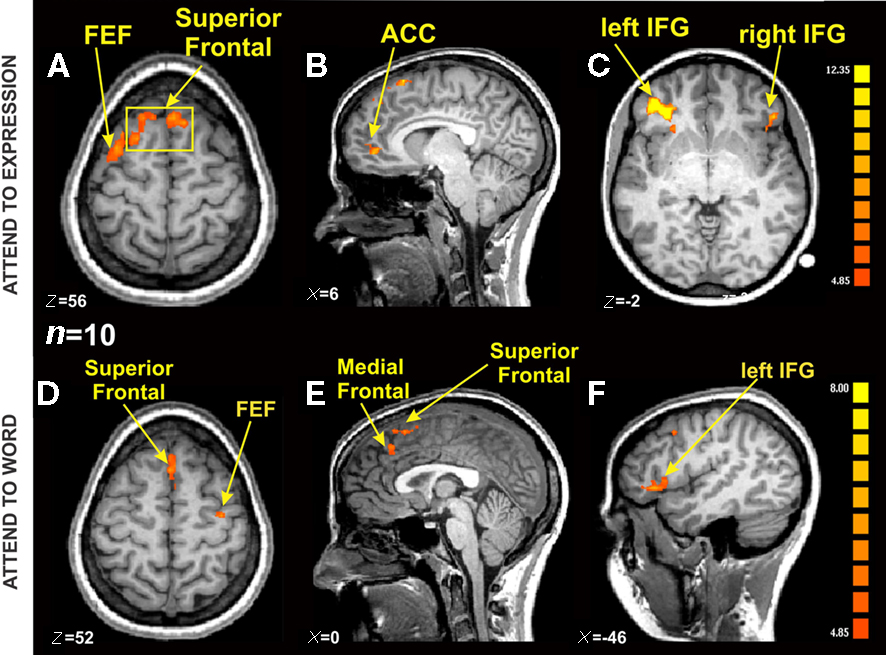
Ravi Patel via Unsplash
Some people just don't age, at least not like most
Super Agers and their brains might reveal something about age-related cognitive decline
When you look at a face, a different area of your brain is active than when you look at, say, a house. Neuroscientists can measure this difference in activity.
As you age, your brain shows less of this neural differentiation, and in most older adults over the age of 60, the patterns of brain activity when looking at one type of object look similar to the patterns when looking at another type. However, one group of older individuals has patterns of brain activity that look more like the activity seen in the brains of younger adults. These "Super Agers" also have better memory overall and could help us better understand the potential cognitive decline seen in typical aging.
A recent study by authors Yuta Katsumi and colleagues at Massachusetts General Hospital and Harvard University examined the brain activity of a group of younger adults, older adults, and Super Agers — older adults who performed at least well as the average young adult on a memory recall test — while they learned and remembered information. The researchers focused specifically on two brain regions, the fusiform gyrus and parahippocampal gyrus, areas previously associated with face processing and scene processing, respectively.
Previous research has found structural differences in the brains of Super Agers, including increased brain volume in several brain regions compared to age-matched controls, as well as increased volume specifically in a brain region involved in many cognitive functions, compared to both older and middle-aged adults. Super Agers also show continued high behavioral performance on tests of memory, attention, language, and executive function for at least 18 months, suggesting a lack of the typical age-related cognitive decline. The present study expands this previous work to include functional brain activity during both the learning and retrieval phases of a recognition memory task. By studying Super Agers brains while they are actually creating and recalling a memory, the researchers believe they have identified a potential mechanism that explains these individuals superior memory performance.
The 91 participants included 41 younger adults, 23 typical, non-Super Ager older adults, and 17 Super Agers who underwent a functional magnetic resonance imaging (fMRI) scan while completing an associative memory task. During the learning phase of the task, the participants were shown a series of 80 images (either a face or an outdoor scene) and word pairs, such as an image of a man's face with the word "FRIENDLY". They were asked to judge whether the word and image were semantically related to guarantee the participants were sufficiently processing the image-word pair. After 10 minutes, the participants were again shown 80 image-word pairs, some of which they have seen previously and some of which were rearranged into new image-word pairs, and asked to indicate if they had seen this pair before.

A diagram of fMRI brain scans showing BOLD activation
Via Wikimedia
The researchers then examined the participants' brain activity – the changes in blood oxygen-level dependent or BOLD activation – that occurred during the different phases of the task and how this activity related to their performance on the memory task. They found that the Super Agers performed better than the typical older adults and just as well as the young adults on the recognition memory test. Importantly, they found that the activity in the brains of the Super Agers was much different from the typical older adults. The Super Agers showed greater neural differentiation compared to typical older adults, meaning their brain activity varied more depending on the image they saw, much like the younger adults. The researchers also found that more neural differentiation during the encoding phase of the memory test led to the same brain activity patterns reappearing during the retrieval phase, referred to as neural reinstatement, and subsequently better memory performance.
Despite its focus on the atypical activity in both brain and behavioral function of the Super Agers, this study and future research with these individuals may also reveal much about typical aging and how to prevent cognitive decline and memory loss. The authors suggest that these results may depend on individual neuroplasticity, which could be a target for future interventions, though their research does not directly address this.
For example, one study trained participants to better distinguish between images of fish and found that people were able to improve their sensitivity to certain important features after three training sessions. However, the findings on the long-term efficacy of cognitive training are often mixed, with a recent large-scale study finding no generalized benefits to cognitive performance. Perhaps future research will be more successful with a more specialized focus in both training and outcome measures, like the present study with its focus on differentiation during encoding and retrieval in memory tasks.
While the results of this study provide several insights into why Super Agers may outperform their more typical peers, continuing to understand the longitudinal nature of these findings is imperative. The findings leave open many questions, and tracking these people over time may help answer whether Super Agers have better baseline cognitive functioning than most people or if there is some sort of lifestyle or environmental factor that allows them to maintain their brain health.
